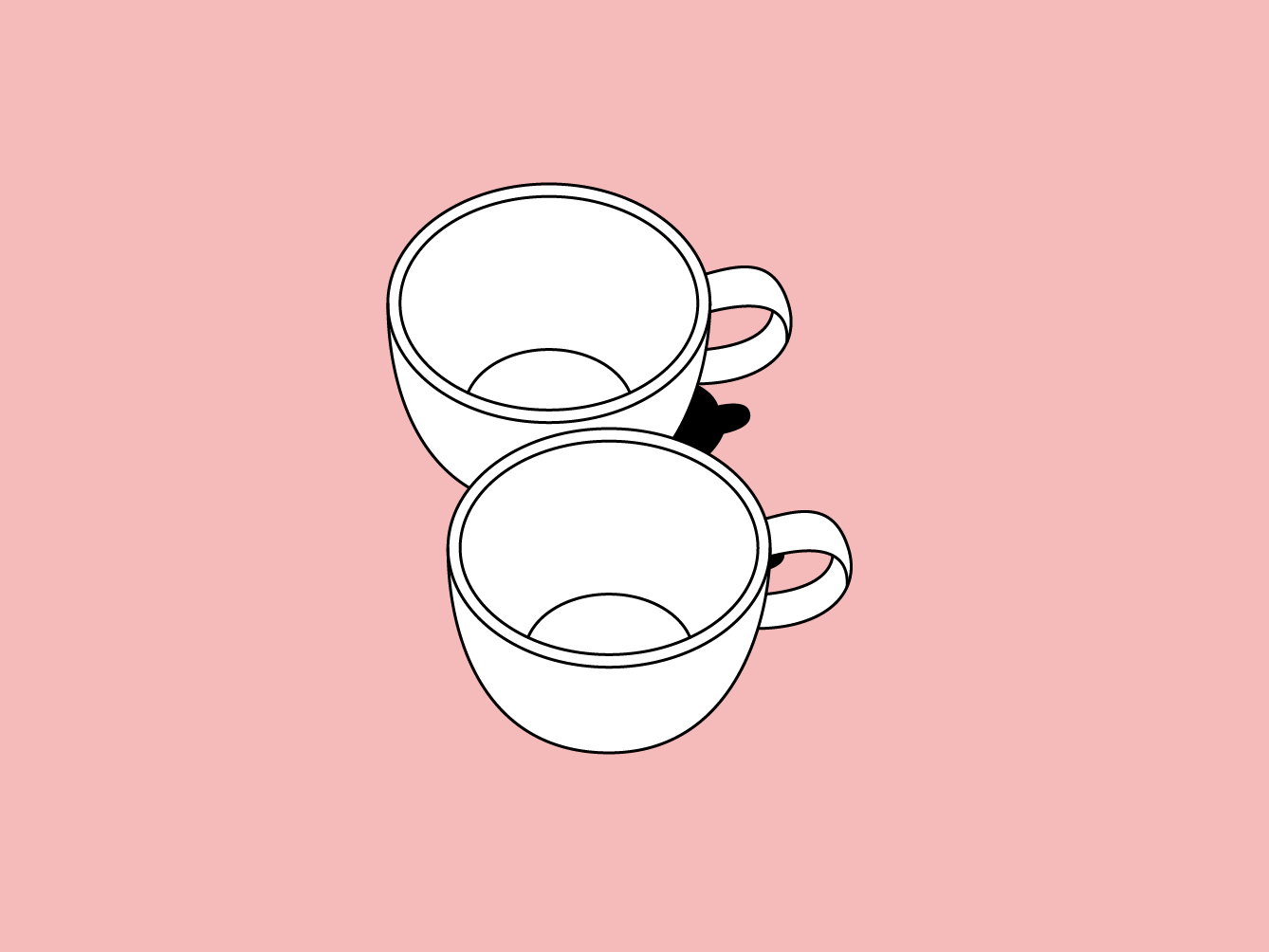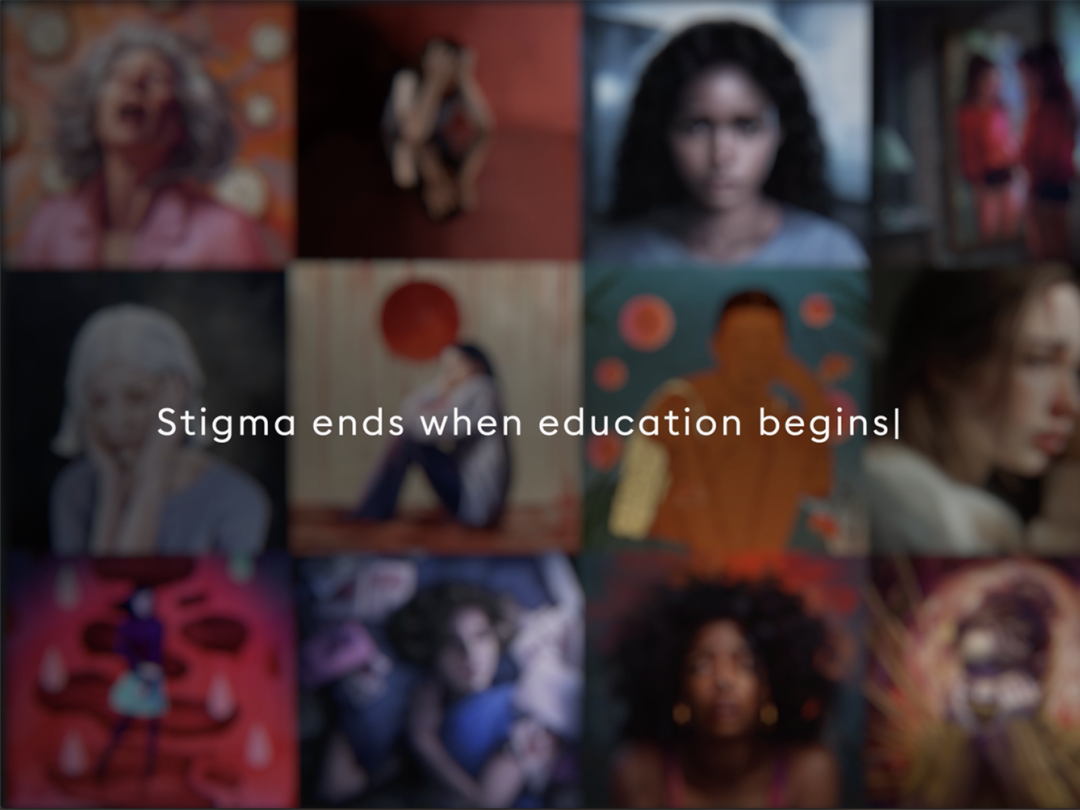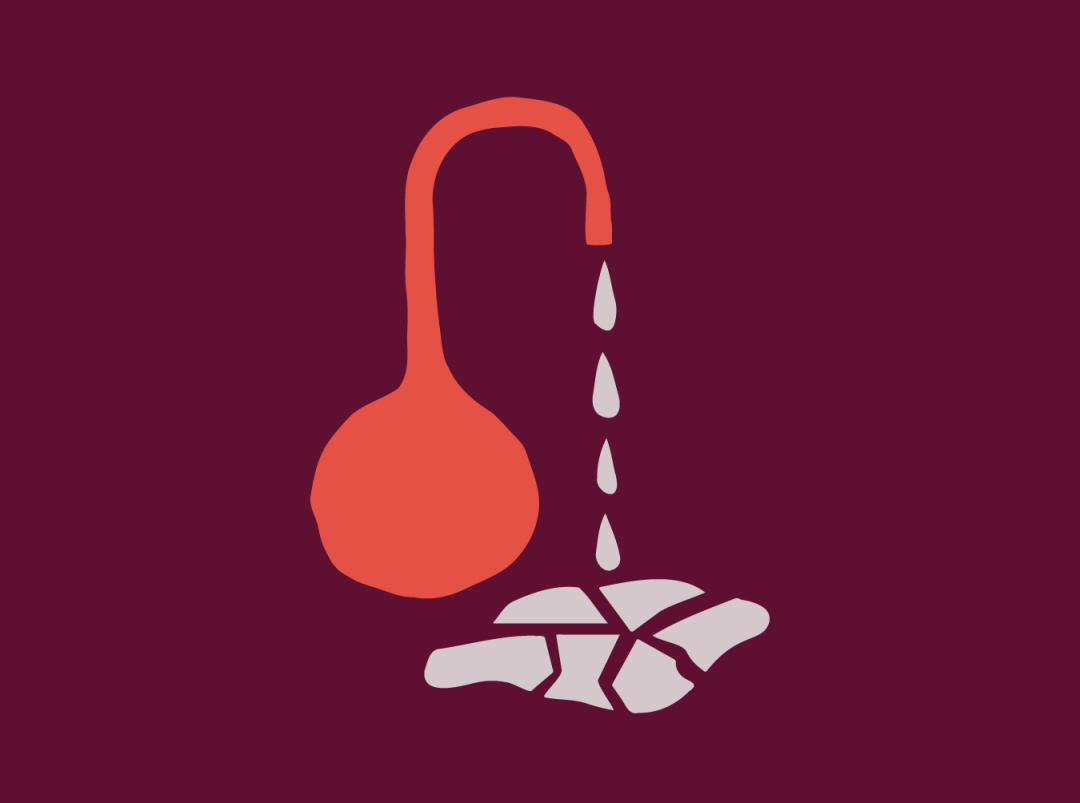#explainer
Live Your Breast Life
health
·5 min read

by Mia Abrahams | 10/04/2017
We spend a lot of our time talking about periods, and really, our bottom halves in general, so I was excited for October (aka, Breast Cancer Awareness Month) to roll around, giving me an opportunity to talk about the fake nipples that have been sitting on my desk for the better part of the summer (yes, you heard me).
More on those later, but in all seriousness, we shouldn’t need a month to talk, think, or pay attention to the health of our boobs. As if we needed another reminder, the news that Julia Louis Dreyfus had been diagnosed with breast cancer hit home an important point: “1 in 8 women get breast cancer. Today, I’m the one,” she wrote.
When breast cancer is detected early, the 5-year survival rate can be greater than 98%. So, how do we go about preventing a disease that will affect many, many women (and some men!)?
Well, here’s a fun place to start: touch your boobs! You know your own body best, and a breast self-exam is a great way to get to know your body, and what is “normal” for you (which might not be normal for your friend). The most important thing to look out for are changes! Notice something that isn’t normal for you? Go chat to your doctor.
Breast self-exams 101:
Get in the shower (you’re already naked and not on Instagram, so you gotta kill time somehow, right?)
Touch your breasts, from multiple angles with varying pressure to feel the deep and surface layers from your ribs to just below your skin. Check the entire area from collarbone, to armpits, and into your breastbone. Notice any lumps, thickenings, or hardened knots
When you get out of the shower, look at your breast in the mirror with your arms by your sides, and then above your head -- look for changes like swelling, dimples, or changes in your nipples
You should be doing this *once a month* -- which, maybe, is as likely as the dentist telling me that I should be brushing my teeth after every time I drink a coffee (sooo, five times a day???) BUT Bright Pink, a national non-profit dedicated to the prevention and early-detection of breast and ovarian cancer in young women, has a text alert service that will *text* you a reminder to check your breasts (sign-up here), so now there’s no excuse! Plus their campaign hashtag is #LiveYourBreastLife – which I’m honestly pretty mad I didn’t think of first.
You might be one of the #blessed who do have to think about their boobs once a month, during their periods, when they hurt like hell. The pain is due to the high levels of estrogen, which enlarges your breast ducts, and progesterone, which causes your milk glands to grow — leaving your boobs feeling sore and tender. (Also, your cycle can make your boobs feel physically different, so it’s a good idea to save your self-exams for a week after your period.) BTW, there are some things you can do to reduce painful boobs leading up to, and during, your period: Ibuprofen, a supportive bra, and natural remedies like vitamin E (almonds, sunflower seeds, spinach, kale, and avocado), evening primrose oil, and quitting coffee (ok, this last one I’m going to need to think about).
While sore boobs during your period might be normal, some other symptoms might not be. So if you notice any of these symptoms, and they get worse or don’t go away after 2 or 3 weeks, go check in with your doctor. Things to look out for include swelling, soreness, rash; redness, darkness; changes in breast size or shape; nipple discharge; new, persistent pain in one spot; itchy, scaly sore or rash on your nipple; nipple that becomes flat or inverted; persistent itching; bumps that resemble bug bites; or a lump that feels like a frozen pea.
Don’t think I forgot about the fake nipples— Just Nips makes stick on nipples (in ‘cold’ or ‘freezing’) for women who want the perkiness that another cup of coffee just can’t give. But, they also are a great resource for women who are living a post-mastectomy life without nipples — many women are unable to get nipples after breast reconstruction for at least 3 or 4 months. Just Nips also matches every purchase with a donation to support groups, cancer treatment centers, and various charities all over the US.
We have lots of tools at our disposal to live our breast life and empower ourselves (and each other) to make the best choices we can about our health. So, sign-up for those text alerts (and tell your friends to as well!), and let us know if you have any other self-exam tips or sore boob remedies in the comments!

Cameron Diaz demonstrating perfect self-exam technique in The Sweetest Thing
by Mia Abrahams


